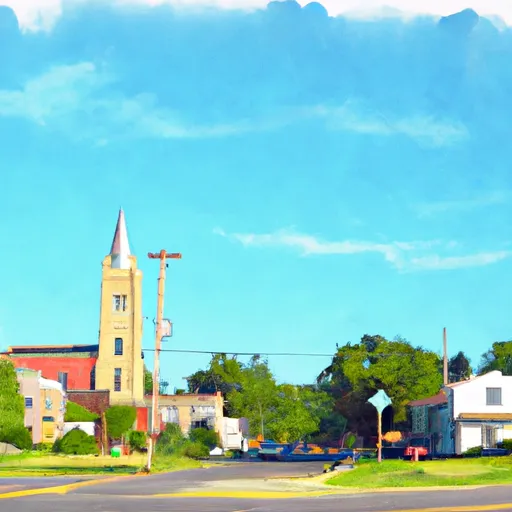°F
°F
mph
Windspeed
%
Humidity











Udell, Iowa is a small town located in Appanoose County in the southern part of the state. Its climate can be characterized as a humid continental climate, with hot summers and cold winters. Average high temperatures in the summer months range from 85°F (29°C) to 90°F (32°C), while average winter lows range from 10°F (-12°C) to 20°F (-7°C). Precipitation is evenly distributed throughout the year, with an average of around 40 inches (102 cm) annually.
Hydrology constituents in Udell mostly consist of small creeks and streams that flow through the area, with the nearby Chariton River being the largest water body. These water sources provide opportunities for fishing and boating enthusiasts.
Udell is surrounded by picturesque natural landscapes, offering various outdoor recreational activities. The nearby Stephens State Forest and Lake Rathbun provide opportunities for hiking, picnicking, camping, and wildlife viewing. Hunting is also popular in the area, with game species including deer, turkey, and waterfowl. The scenic countryside is ideal for nature photography and exploring the outdoors. Overall, Udell provides a serene environment for outdoor enthusiasts to enjoy nature and engage in recreational activities.
Weather Forecast
Udell receives approximately 966mm of rain per year, with humidity levels near 82% and air temperatures averaging around 11°C. Udell has a plant hardyness factor of 5, meaning plants and agriculture in this region thrive during a short period during spring and early summer. Most plants will die off during the colder winter months.
Regional Streamflow Levels
4
Cubic Feet Per Second
45
Cubic Feet Per Second
5
Cubic Feet Per Second
111
Cubic Feet Per Second
Nearby Camping
| Camping Area | Reservations | Toilets | Showers |
|---|---|---|---|
| Point Return City Park | |||
| Highway 125 - Bull Shoals Lake | |||
| Lakeview - Bull Shoals Lake | |||
| Buck Creek - Bull Shoals Lake | |||
| Ozark Isle - Bull Shoals Lake | |||
| Theodosia |



